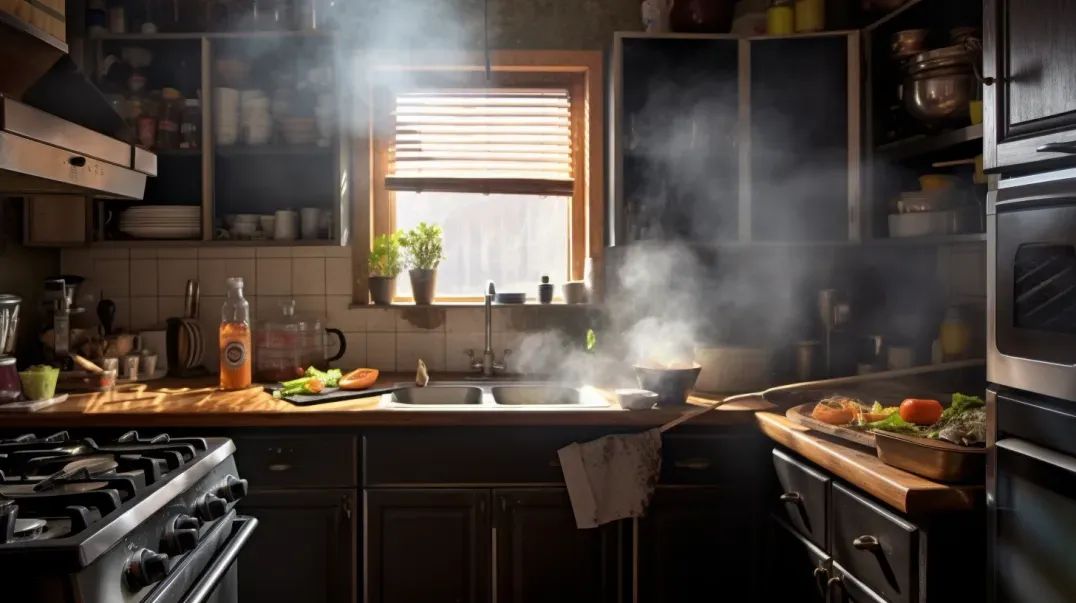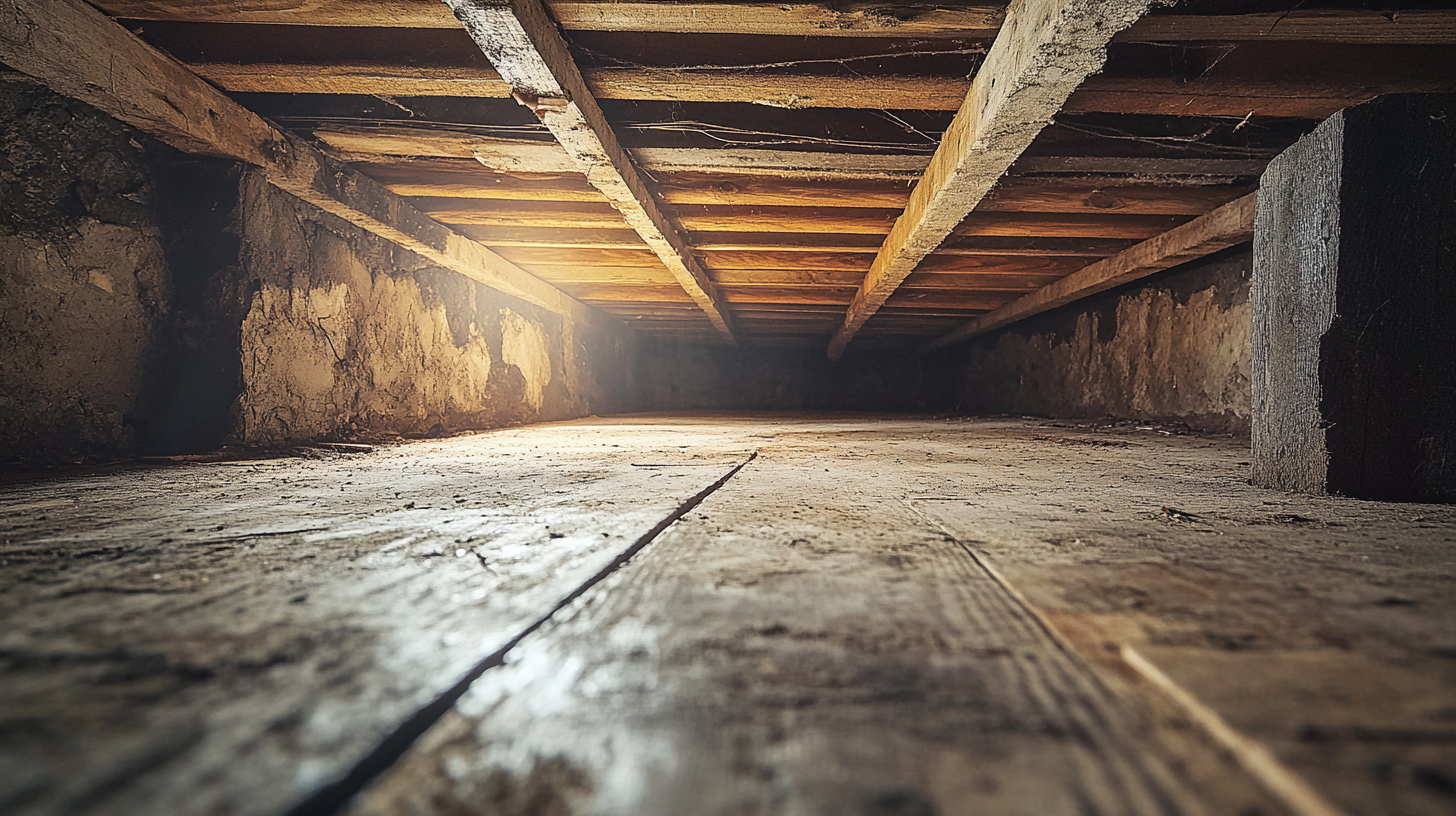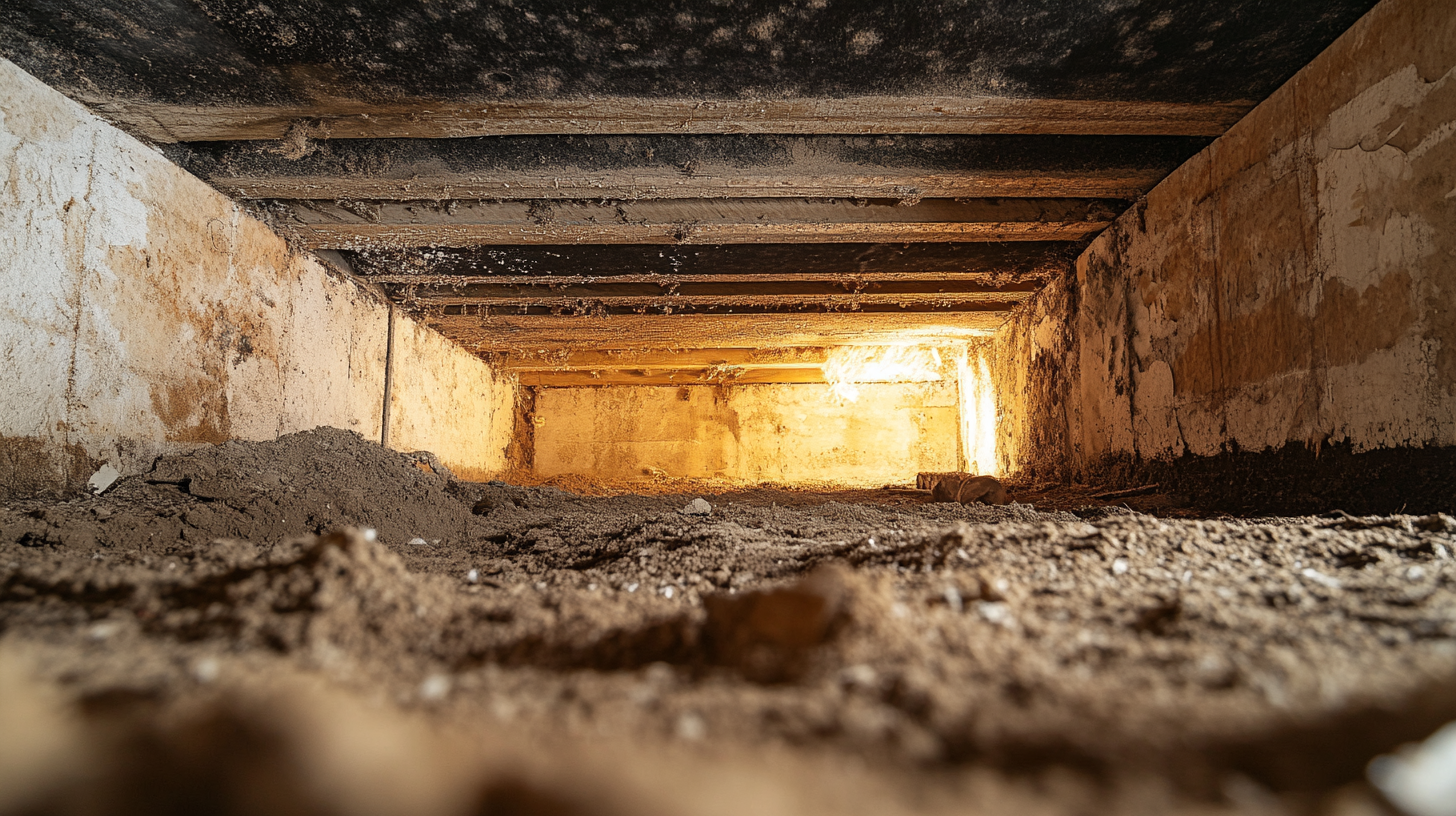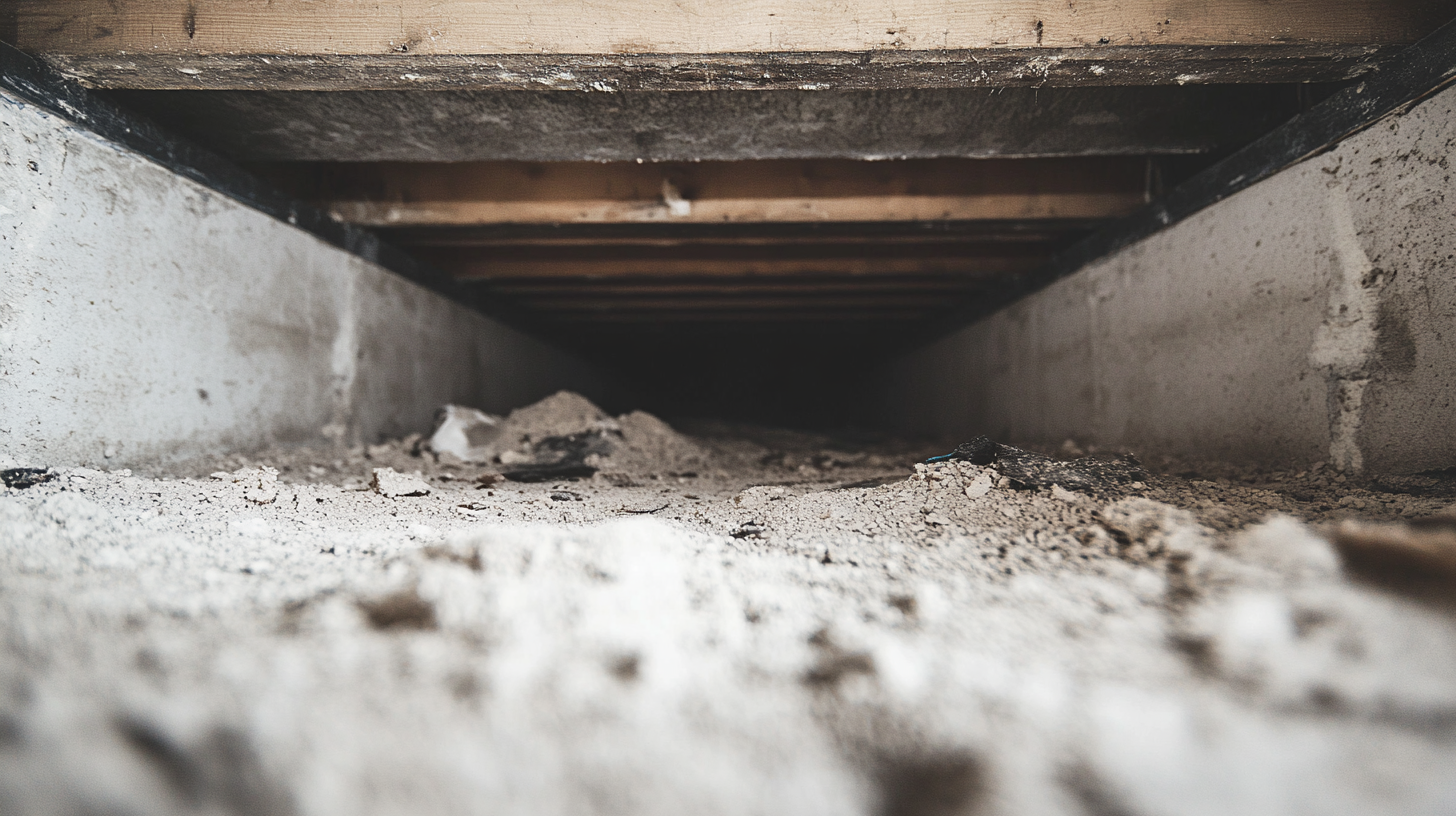Soot Stains on Walls: Step-by-Step Cleaning Guide

Soot stains on walls are more than just unsightly blemishes; they are telltale signs of underlying combustion processes that occur within our living spaces. Whether it's the flicker of a candle, the warmth of a fireplace, or the daily ritual of cooking, these common household activities can contribute to the stealthy accumulation of soot, leaving behind a visual testament to their presence. But how exactly do these fine particles find their way onto our walls, and what makes them so challenging to remove?
This blog delves into the science of soot formation, tracing its journey from combustion to wall stain. We'll explore the conditions that favor soot production, the characteristics of soot particles that enable their adherence to surfaces, and the interplay between airflow, temperature, and particle size that dictates where soot ultimately settles. Understanding these factors is essential not only for tackling existing stains but also for preventing their occurrence in the first place.
Soot stains are more than a cleaning challenge; they are a window into the microscopic world of particulate matter that shares our homes. By shedding light on the origins of soot stains, this guide aims to arm you with the knowledge needed to maintain a cleaner, healthier living environment, free from the shadowy grasp of soot.
Understanding Soot Stains
Soot stains, the unwelcome byproducts of combustion that find their way onto our walls and ceilings, are more than just cosmetic nuisances. They are complex mixtures that pose unique challenges for removal. This exploration into the nature of soot stains reveals why they adhere so stubbornly to surfaces and why cleaning them requires
more than just elbow grease.
Composition of Soot Stains
Soot is composed of tiny carbon particles that result from the incomplete combustion of organic materials, such as wood, oil, or gas. These particles are not alone; they carry with them a variety of substances, including:
- Carbonaceous Material: The core of soot particles, providing the black color.
- Volatile Organic Compounds (VOCs): Evaporate at room temperature and can carry toxic substances.
- Metals and Inorganic Compounds: Can include sulfates, nitrates, and trace metals from the combustion source.
The reason soot adheres so well to walls is due to its physical properties. The particles are incredibly fine, allowing them to penetrate microscopic pores in painted or wallpapered surfaces. Additionally, the electrostatic charge of soot particles can cause them to cling to surfaces, making them difficult to wipe away without smearing.
Challenges in Soot Stain Removal
Removing soot stains presents a unique set of challenges, largely due to the composition and properties of soot:
- Penetration and Adhesion: Soot particles' small size and their ability to bind with surfaces make them particularly challenging to remove without pushing them deeper into the material.
- Chemical Complexity: The variety of chemicals soot can carry means that no single cleaning agent can address all types of soot stains effectively. Some substances within soot may react with cleaning agents, requiring specific knowledge to choose the right cleaner.
- Health Risks: The potential toxicity of soot particles, especially when disturbed, necessitates careful handling to avoid inhalation or skin contact, complicating the cleaning process.
The key to effective soot stain removal lies in understanding these challenges and approaching the task with strategies informed by the composition and behavior of soot. This often involves a combination of mechanical removal (such as vacuuming with a HEPA filter to avoid dispersing the particles into the air) and careful cleaning with agents specifically chosen to break down the soot's grip on the surface without damaging the wall or posing health risks.
Preparing for Soot Stain Removal
Removing soot stains from walls requires more than just determination; it demands a careful approach that prioritizes safety, assesses the challenge at hand, and prepares the ground for effective cleaning. Whether you're dealing with aftermath of a candle-lit dinner or a fireplace mishap, the right preparation can make all the difference. Here’s how to get started:
Safety First
Before diving into the soot stain removal process, ensuring your safety and that of others in the vicinity is paramount. Soot can contain harmful substances, making protective gear and proper ventilation crucial:
- Necessary Safety Gear: Don a mask (preferably an N95 respirator) to prevent inhalation of fine soot particles. Wear gloves to protect your hands from soot and cleaning chemicals, and consider goggles to shield your eyes from potential irritants.
- Ensuring Proper Ventilation: Open windows and use fans to circulate air out of the room where you're working. This not only helps protect you from inhaling soot particles but also aids in dissipating any fumes from cleaning agents used during the process.
Taking these safety measures helps minimize health risks and sets a foundation for a safer cleaning process.
Assessing the Stain
A thorough assessment of the soot stain is crucial for determining the most effective removal strategy. This involves understanding the extent of the soot coverage and the nature of the wall surface:
- Identifying the Extent of Soot Coverage: Examine the affected area to gauge how widespread the soot stains are. This will help you estimate the amount of time and cleaning solution needed for the job.
- Determining the Type of Wall Surface: Identify whether the soot is on painted walls, wallpaper, or another surface type. Different materials will require different cleaning approaches to avoid damage. For instance, wallpaper may be more delicate and less water-resistant than painted surfaces, influencing the choice of cleaning methods and products.
Understanding these aspects of the soot stain and the surface it adheres to is essential for tailoring your cleaning approach, ensuring that you not only remove the soot effectively but also preserve the integrity of the wall beneath.
Step-by-Step Soot Stain Cleaning Guide
Tackling soot stains on walls can be daunting, but with the right approach, you can restore your walls to their former glory. This guide breaks down the cleaning process into manageable steps, from initial soot layer removal to deep cleaning and finally, rinsing and drying the wall.
Initial Soot Layer Removal
The first step in addressing soot stains is to remove any loose soot particles without smearing them into the wall surface:
- Vacuuming: Use a vacuum cleaner with a HEPA filter to gently suction loose soot from the surface. A brush attachment can help dislodge particles without scratching the wall.
- Dry Sponging: For areas where a vacuum might not be effective, use a dry cleaning sponge (also known as a soot sponge) to lightly dab and lift soot from the surface. Avoid rubbing, as this can embed soot deeper into the wall.
These dry cleaning methods are crucial for preventing the soot from becoming further ingrained in the wall during wet cleaning.
Deep Cleaning the Stains
Once the loose soot is removed, you can move on to deep cleaning the stains:
- Wet Cleaning Methods: Mix a gentle cleaning solution appropriate for the wall surface. For painted walls, a solution of mild detergent and warm water can be effective. For wallpaper, especially if it's not water-resistant, consider a specialized wallpaper cleaner or a very lightly dampened cloth with a mild detergent.
- Gentle Scrubbing Techniques: Using a soft cloth or sponge, apply the cleaning solution to the soot stains with gentle, circular motions. Avoid saturating the wall, especially if it's wallpapered.
- Specific Instructions for Different Wall Surfaces: Tailor your approach to the type of surface. Painted walls can typically handle more moisture than wallpaper. For textured surfaces, a soft-bristled brush can help reach into crevices without causing damage.
Rinsing and Drying the Wall
The final steps involve rinsing off any cleaning solutions and drying the wall thoroughly:
- Rinsing Off Cleaning Solutions: Use a clean, damp cloth to gently wipe the wall, removing any residue of the cleaning solution. For water-sensitive surfaces, a dry cloth lightly dampened with clean water can be used to minimize moisture exposure.
- Best Practices for Drying the Wall: Allow the wall to air dry completely. Open windows and use fans to circulate air and speed up the drying process. Avoid using heat sources like hair dryers, as uneven or excessive heat can damage the wall surface.
By following these steps, you can effectively clean soot stains from your walls, preserving their appearance and integrity. Remember, patience and gentle handling are key to avoiding damage during the cleaning process.
Tips for Effective Soot Stain Removal
Removing soot stains from walls and surfaces in your home doesn’t have to be an overwhelming task. With the right cleaning solutions and techniques, you can tackle soot stains effectively, restoring the cleanliness and aesthetic appeal of your space. Here are essential tips to guide you through the process:
Choosing the Right Cleaning Solutions
The success of soot stain removal heavily depends on using the right cleaning agents. Whether you opt for commercial soot removers or homemade solutions, understanding their suitability for different surfaces is key:
- Commercial Soot Removers: These products are specifically formulated to tackle soot and smoke residue. Look for soot removers that are labeled safe for use on your particular wall surface, whether it's painted, wallpapered, or another material. Always follow the manufacturer's instructions for application and safety.
- Homemade Solutions: A mixture of mild detergent and warm water can be effective for many surfaces. For tougher stains, a solution of vinegar and water or baking soda mixed into a paste can be used. These solutions are gentle on most surfaces and environmentally friendly.
When choosing a cleaning solution, always test it on a small, inconspicuous area of the wall first to ensure it doesn’t cause damage or discoloration.
Preventing Soot Stain Spread
One of the challenges in soot stain removal is preventing the soot from spreading to clean areas of the wall or other surfaces. Here are techniques to contain soot during the cleaning process:
- Containment: Before starting the cleaning process, lay down plastic sheeting or old towels at the base of the wall to catch any falling soot particles. This helps prevent the soot from being tracked to other areas of your home.
- Directional Cleaning: Always start cleaning from the top of the wall and work your way down. This method prevents soot-laden cleaning solution from dripping over clean areas and creating additional stains.
- Gentle Application: Apply cleaning solutions gently using a sponge or cloth, dabbing rather than scrubbing vigorously. This reduces the risk of dislodging soot particles and spreading them to adjacent clean areas.
By carefully selecting your cleaning solutions and employing techniques to prevent the spread of soot, you can ensure a more efficient and less frustrating soot removal process. Remember, patience and attention to detail are your best allies in restoring your home to its pre-soot condition.
Preventing Future Soot Stains
Soot stains can be a persistent issue in any home, detracting from its aesthetic appeal and potentially impacting air quality and health. However, with proactive measures focused on minimizing soot production and enhancing cleanliness and ventilation, you can significantly reduce the likelihood of future soot stains. Here are essential strategies to help you maintain a soot-free environment:
Regular Maintenance and Cleaning
The key to preventing soot stains lies in regular maintenance and cleaning practices that address potential sources of soot within your home:
- Proper Fireplace Maintenance: Ensure your fireplace is cleaned and inspected at least once a year. Use seasoned wood, as it burns more cleanly than green or damp wood, producing less soot. Installing a glass fireplace door can also help contain soot.
- Routine Cleaning Practices: Regularly clean areas prone to soot accumulation, such as near cooking appliances, candles, and fireplaces. Use a vacuum with a HEPA filter to remove soot particles from surfaces and the air, and wipe down surfaces with a damp cloth to capture any residual soot.
Incorporating these practices into your routine can greatly reduce soot production and accumulation, keeping your home cleaner and healthier.
Improving Ventilation
Good ventilation is crucial for minimizing soot deposition in your home by ensuring that soot particles are effectively removed from indoor air:
- Use Exhaust Fans: Install and use exhaust fans in your kitchen and near fireplaces or other combustion sources. This helps to draw soot and other pollutants outside, preventing them from settling on surfaces.
- Open Windows: Whenever possible, open windows to allow fresh air to circulate through your home, diluting and dispersing soot particles.
- Consider Air Purifiers: In areas where opening windows frequently isn’t practical, using air purifiers with HEPA filters can help remove soot particles from the air.
Enhancing ventilation not only helps in reducing soot deposition but also improves overall indoor air quality, contributing to a healthier living environment.
FAQs
Contact Fast Response Cleaning & Restoration Today!
Fast Response Cleaning & Restoration will do everything we can to ensure your experience with us is excellent.
Request A FREE Estimate
Request A FREE Estimate Form
CHECKOUT RECENT POST



Have an Emergency? We're Here to Help!
When it comes to disaster cleanup, we are a seasoned veteran in the industry and have helped hundreds of property owners just like you.
Our disaster recovery teams are available 24-7 to quickly clean up and repair disasters of all types.
